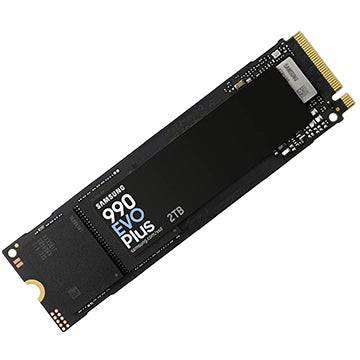On Wednesday morning, Apple unveiled the iPhone 16e, the newest and most budget-friendly addition to its current lineup. This model takes over from the 2022 iPhone SE as the affordable choice, though it comes with a higher starting price of $599, narrowing the gap with the $799 iPhone 16 released last fall. Pre-orders for the iPhone 16e begin on Friday, Feb. 21, with availability starting the following week on Friday, Feb. 28.
The iPhone 16e introduces Apple's new C1 cellular modem, marking the company's first foray into in-house modem technology. Apple's success with chips like the M1 and A-series in its computers and mobile devices bodes well for this new venture. However, the modem's performance is crucial, and any shortcomings could lead to connectivity issues, reminiscent of the "Antennagate" scandal with the iPhone 4. Apple must ensure the iPhone 16e's connectivity is robust to avoid similar pitfalls.
iPhone 16e
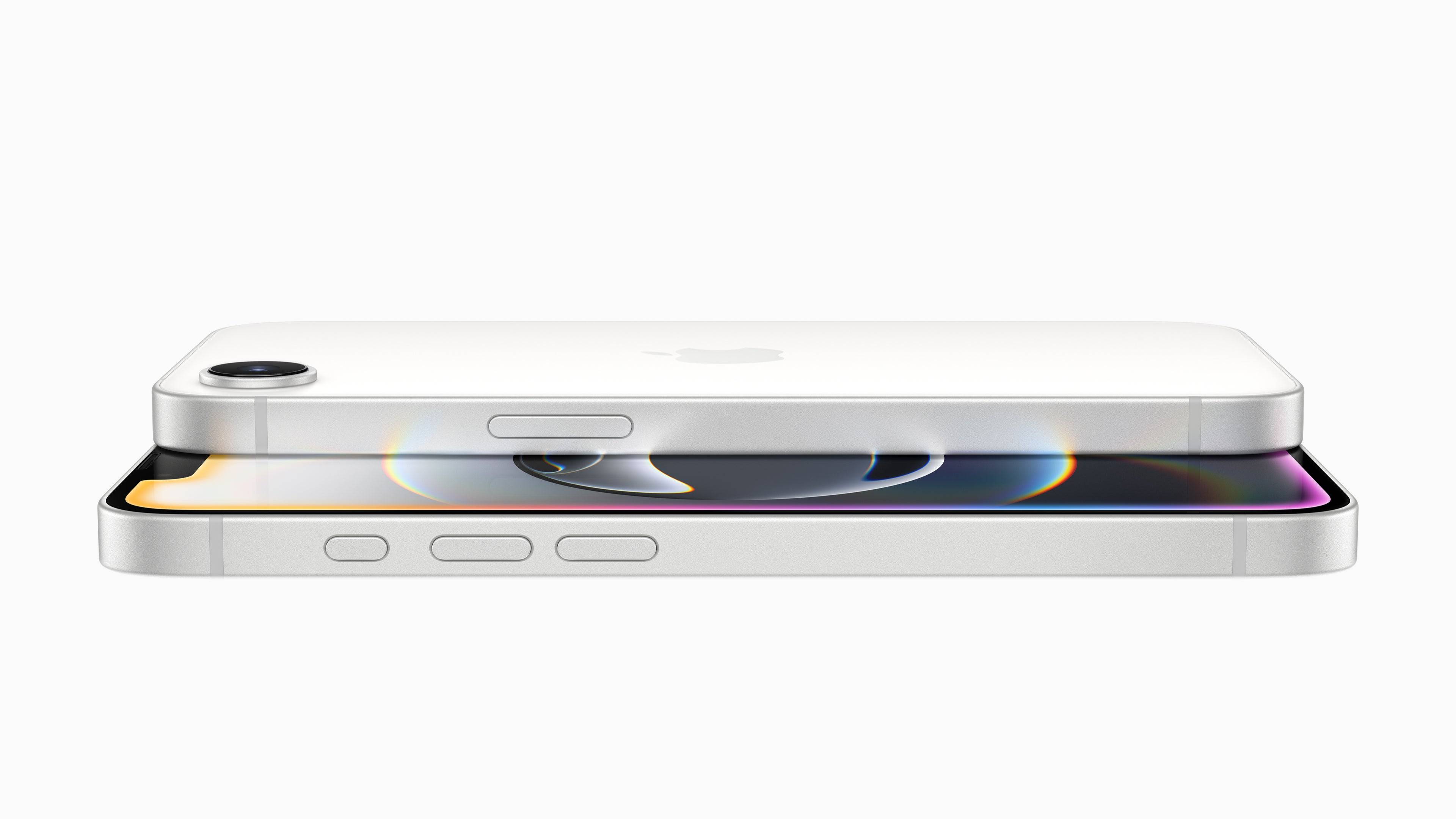
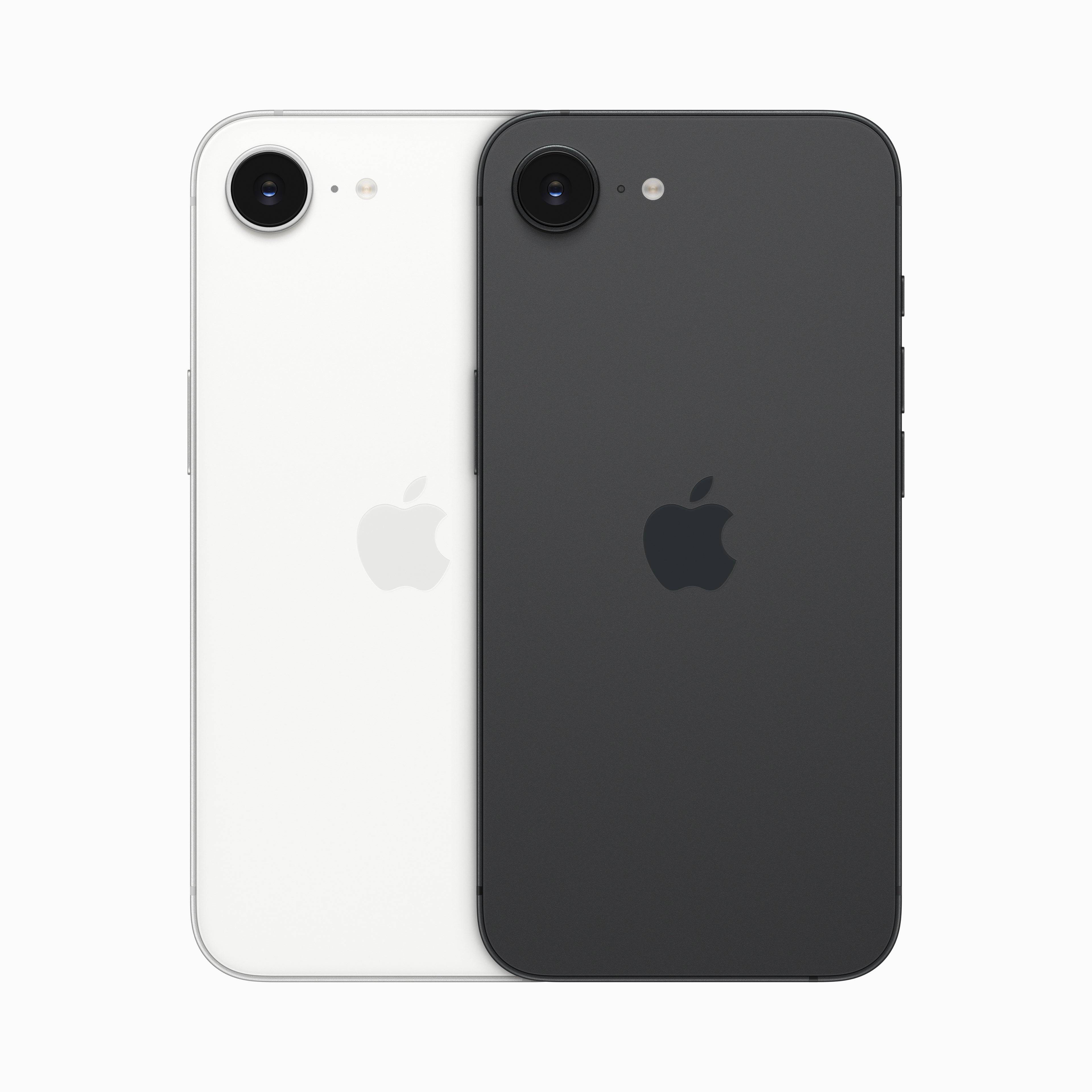 4 Images
4 Images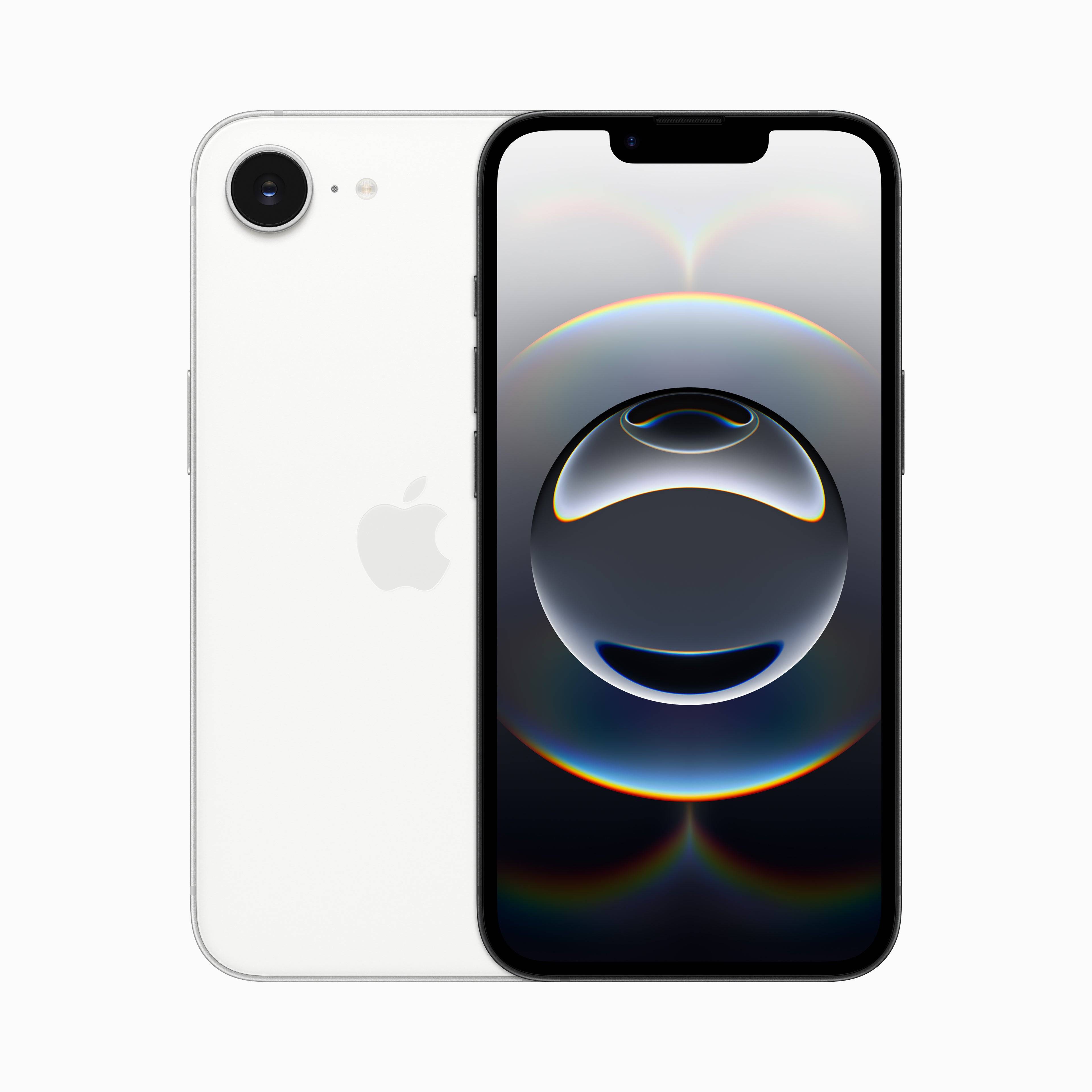
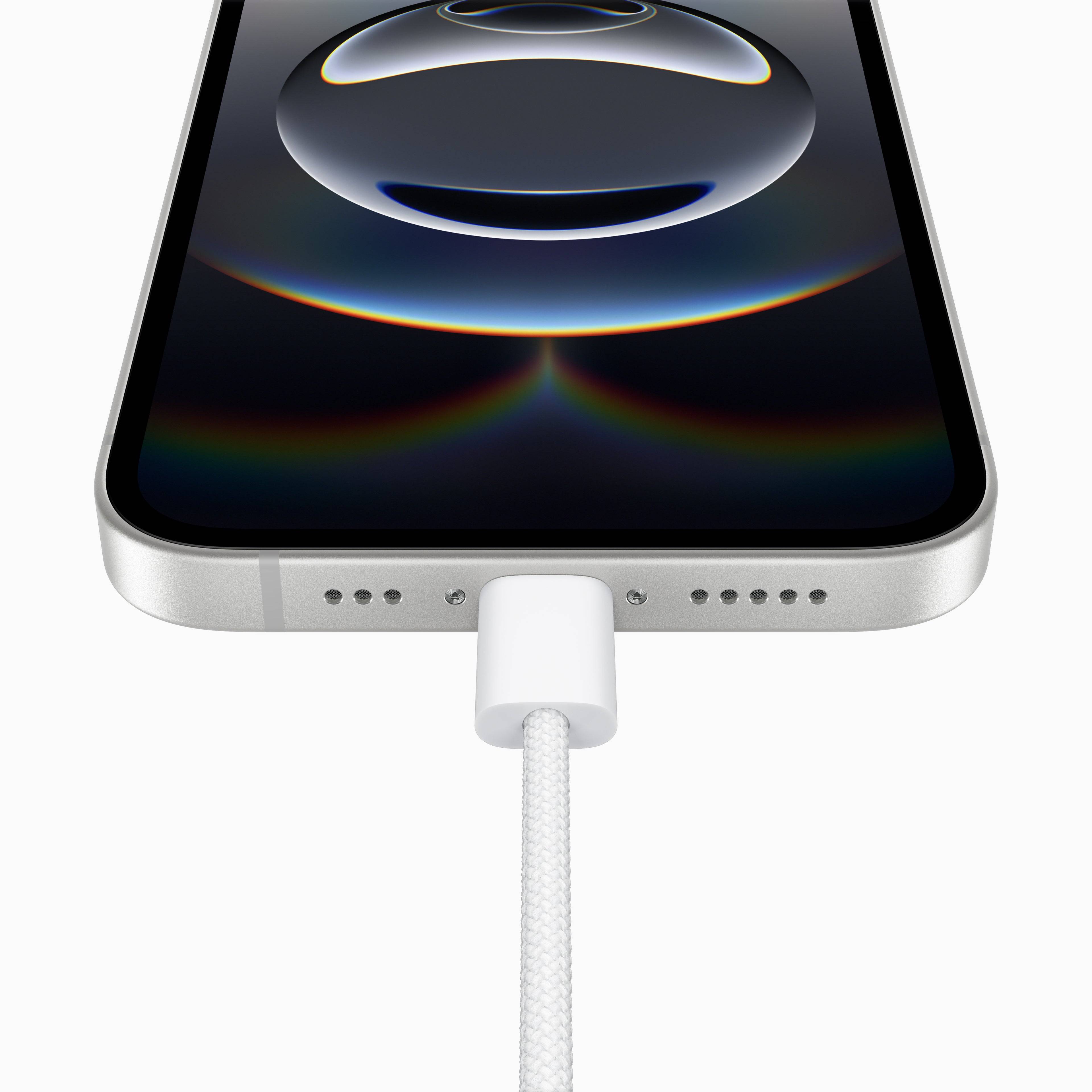 From the front, the iPhone 16e closely resembles the iPhone 14, featuring a 6.1-inch OLED display with a 2532x1170 resolution and 1,200-nit peak brightness. Although not as sharp or bright as the iPhone 16, the iPhone 16e does include the Action button and a USB-C port, though it lacks the Camera Control feature.
From the front, the iPhone 16e closely resembles the iPhone 14, featuring a 6.1-inch OLED display with a 2532x1170 resolution and 1,200-nit peak brightness. Although not as sharp or bright as the iPhone 16, the iPhone 16e does include the Action button and a USB-C port, though it lacks the Camera Control feature.
The back of the iPhone 16e distinguishes itself with a single 48MP camera, similar to the iPhone SE's design. This camera shares many traits with the iPhone 16's main camera but lacks advanced features like sensor-shift stabilization, the latest Photographic styles, and adjustable focus in portrait mode. The front-facing camera, however, is identical to the iPhone 16 and includes Face ID.
Constructed with an aluminum frame, a glass back, and Apple's Ceramic Shield on the front, the iPhone 16e benefits from Apple's claim of Ceramic Shield being "tougher than any smartphone glass." Yet, it's important to note that Apple has since developed an even tougher version of Ceramic Shield, raising questions about the durability of the older version used in the iPhone 16e, especially given the wear observed during the iPhone 16 review.
Internally, the iPhone 16e showcases Apple's product stratification strategy. While it shares the "A18" chip with the iPhone 16, it features a 4-core GPU compared to the iPhone 16's 5-core GPU. This slight downgrade suggests a performance step below the iPhone 16, yet the inclusion of the Neural Engine ensures compatibility with Apple Intelligence features.
The iPhone 16e's compromises are necessary to achieve its lower price point. At $599, it's Apple's cheapest option but does not match the significant discount seen with earlier iPhone SE models. The 2022 iPhone SE, for instance, launched at $429, offering a nearly 50% discount compared to the then $799 iPhone 13. The iPhone 16e, while based on a more recent design, does not offer the same level of savings.
The real-world performance of the iPhone 16e remains to be seen. With compelling alternatives like the OnePlus 13R available around $600 in the Android market, Apple faces a challenge in attracting buyers outside its ecosystem.




